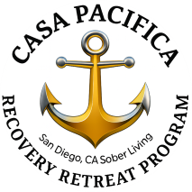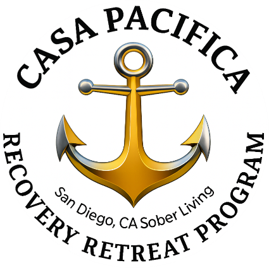Why Alcoholics Anonymous Remains the Most Popular Recovery Program
Table of Content
In 2025, the Alcoholics Anonymous (AA) fellowship is holding various events to celebrate its 90 years of existence. As the most commonly known program for recovering from alcohol use disorder (AUD), AA conducts daily meetings in 180 countries to help two million individuals. Many historians and clinical researchers label AA as one of the most significant developments of the 20th century, a societal milestone comparable to the invention of the personal computer. Two decades after its founding in 1935, AA surpassed inpatient rehabilitation as the most popular AUD recovery program in the United States.
Factors Contributing to AA’s Popularity
Widespread accessibility and a strong peer support model make AA a viable option for anyone who wants to stop drinking. Although these two factors are major contributors to the fellowship’s prominence, the AA program is also dynamic. Many people combine AA meetings with the four basic levels of recovery, which are inpatient, outpatient, residential, and transitioning. This means you can attend AA while in rehab, staying in a facility such as an Encinitas sober living home, or in addition to individual counseling sessions. This dynamic factor makes AA a recovery program that can easily fit into your life.
The Original 12-Step Program
Mental health researchers view AA as a twelve-step facilitation (TSF) method that can be more effective than cognitive behavioral therapy (CBT) for many individuals. TSF was later implemented by notable recovery centers such as the Hazelden Betty Ford Center, thus sparking derivative programs such as Narcotics Anonymous and Nar-Anon for families and friends of those in recovery. These days, the 12 Steps of AA enjoy universal recognition because they combine well with the mutual aid and personal accountability aspects of the program. If you’re under the care of a physician, case manager, or social worker, you’ll get recommendations for AA or other programs to help you achieve sobriety.
Other Popular AUD Recovery Programs
The Self-Management and Recovery Training (SMART) model of recovery doesn’t follow the 12 steps. However, it strongly promotes CBT and borrows some elements of the peer support method for motivational enhancement. Women for Sobriety was founded in the mid-1970s as an alternative to AA that focuses on 13 affirmations. Some AA members combine their meetings with religious programs, such as Celebrate Recovery for Christians and Refuge Recovery for Buddhists.
Is AA for You?
AA has helped millions of people recover from AUD over nine decades, and it’s always ready to welcome new members to its meetings. Despite its openness and dedication to inclusivity, AA may not be for everyone. Shared experience is the power of AA. However, some people don’t react well to group dynamics and prefer a more personal approach, such as CBT sessions and counseling. Some AA groups tend to uphold abstinence more than others, thus making some members who practice moderation feel left out. You can always attend various meetings to find a group that resonates with your recovery plan, or you can choose other programs for AUD treatment.
A sober living home can provide the support you need to achieve and maintain sobriety. Encinitas men who need assistance with staying sober can get the help they need at Casa Pacifica. Our men’s sober living mentorship program works with individual residents to develop customized plans that integrate treatment, aftercare, and recovery support resources, which results in meaningful experiences and positive outcomes in their new lives. Our services include coaching, sober companionship, and mentorship for those who are recovering from addiction to alcohol and other drugs. To learn more about our sober living facilities, call us today.









